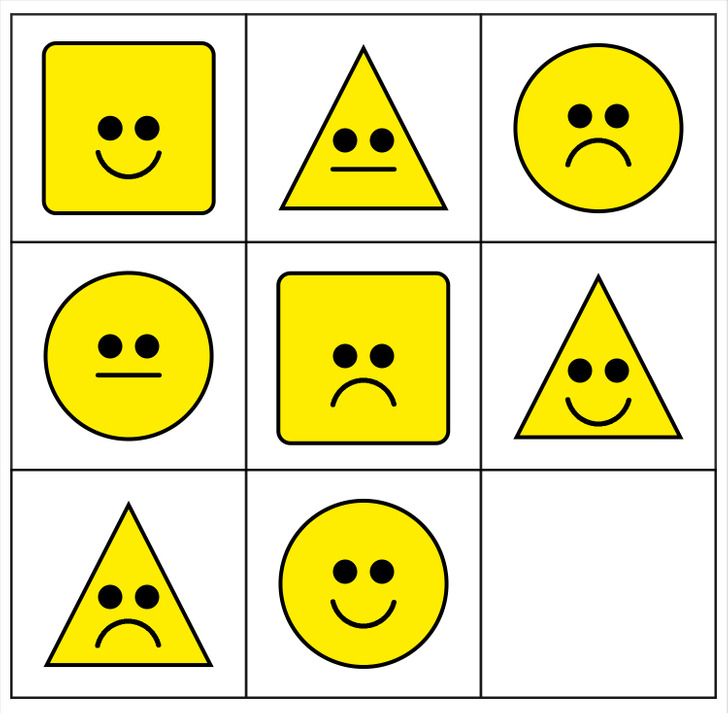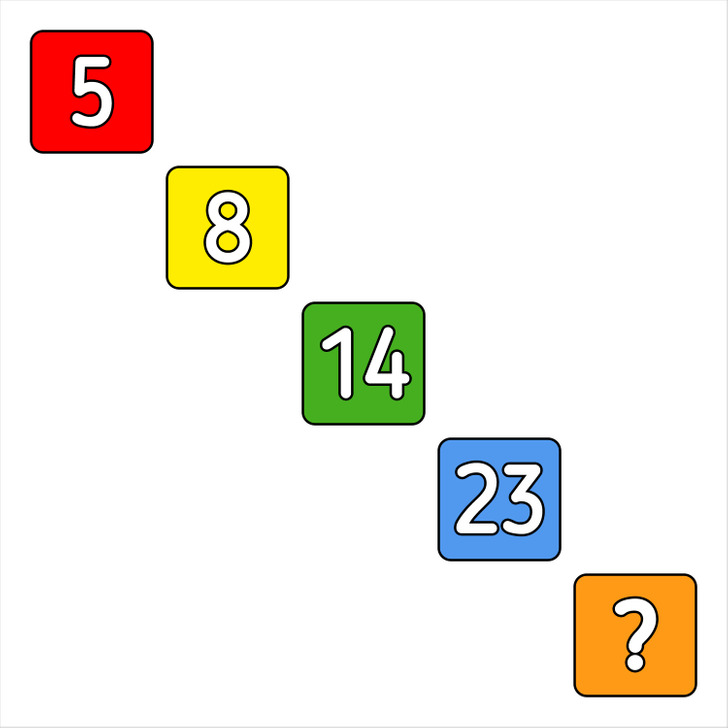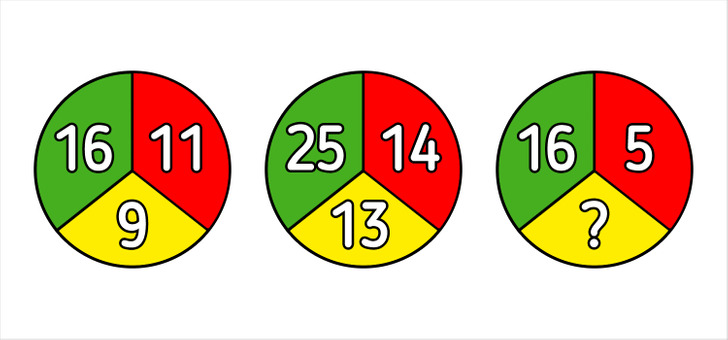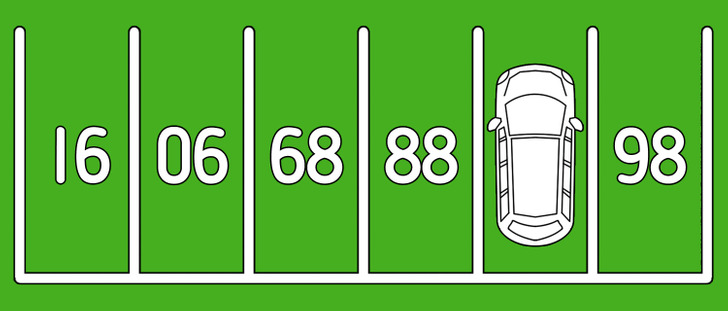How to Solve Tasks With Patterns
There are all sorts of math patterns around us. For example, a week is 7 days, and in 7 days, it will be the same day as it is today. This is an example of a cyclic pattern. Knowing the pattern determining the order of elements, you can predict certain events. So, even though the topic of math patterns and tasks with them seems simple, it’s very important to learn it to understand more complex things.
5-Minute Crafts is going to explain how you can learn to solve tasks with patterns.
Types of patterns
A math pattern is a rule that defines the order of elements in a row and reflects changes in the elements or their properties. A math pattern can be any of the following:
- It’s increasing if the numerical property of this pattern increases according to a law or a formula. For example, a ring grows, adding 1 new ring to its trunk every year. Knowing the pattern, we can determine the exact age of a tree by counting the number of rings.
- It’s decreasing if the numerical property decreases according to a law or a formula. For example, if you know how much gas a car needs for every mile, you can know exactly when you need to stop and fill the car up.
- It’s cyclic if the pattern repeats. In this case, a full circle in a cyclic pattern is the cycle of the pattern. The change of day and night, seasons, and weekdays are examples of cyclic patterns.
- It’s complex if it consists of patterns of different types or has different properties.
Why it’s important to solve tasks with patterns
Searching for patterns helps children understand what numbers are and develop observation skills. When a child sees a pattern, they study it and can predict what happens next. This is an important skill for understanding numbers and it helps with more complex math concepts.
How to solve tasks with patterns

Look at the picture above. This is a simple task where a child should paint the rest of the squares following a pattern.
First, you should determine the pattern (the sequence of colors) that repeats. In the picture above, you can see that the colored squares are behind each other in a certain order. You can see that in this case, the pattern is repeating colors: green, yellow, red, blue, green again, and so on. In other words, this is a cyclic pattern.

In the picture above, there’s a more complex task. To understand which shape there should be instead of the question mark, you need to see a few patterns.

1. You can see the shape pattern if you look at how the links change every other 4 elements. So you can see there should be a circle.

2. The size pattern is visible if you divide the shapes into parts with 3 pieces in each. There should be a small circle instead of the question mark.

3. The color pattern is visible if you divide the sequence into pieces with 5 elements in each. There should be a small blue circle. We’ve solved a task with a complex pattern.
In order to solve tasks with patterns, you should use this algorithm:
- Step № 1: Determine the number of properties in the sequence.
- Step № 2: Find the patterns for each property.
- Step № 3: Compare the patterns to determine all the properties of the missing link.
Examples of tasks with patterns and their solutions
Task № 1

Try figuring out which shape is in the last box.
Solution: Horizontally, a square is before a triangle, and the triangle is before a circle, and then after the circle, there’s a square again. Vertically, a circle follows a square, then the triangle, then the square again. The shapes repeat diagonally, left to right. The smiles also repeat in a certain order, left to right diagonally. So, the missing link is a square with a horizontal line instead of a smile.
Answer: square
Task № 2

In the picture above, the squares are different in numbers and the colors inside them. Try determining the pattern.
Solution: In this case, you need to determine a rule setting the order between the numbers. To see the pattern, do a calculation:
23 − 14 = 9
14 − 8 = 6
8 − 5 = 3
So, each next number in the sequence of 5, 8, 14, 23 is increased by the previous number + 3. So:
? − 23 = 9 + 3
? = 35
Answer: There should be 35 instead of the question mark.
Task № 3

In the picture above, there are 3 circles, each of them with 3 sectors. You need to know which number is there behind the question mark.
Solution: In the first 2 circles, the number in the lower sector is 1/3 of the sum of the numbers of the top 2 sectors. So, you need to add the numbers in the top 2 sectors and divide the sum by 3.
16 + 5 = 21
21 ÷ 3 = 7
Answer: 7
Task № 4

You can see a sequence of numbers above. Find the odd number that doesn’t have the property all the others do.
Solution: All the numbers in the sequence are divided by 9 except 426.
Answer: 426
Task № 5

Look at the picture above and determine what number is under the car.
Solution: This is a tricky task. Turn the picture upside down to see the pattern where each next number is more than the previous one by 1. So it’s 86, ?, 88, 89, 90, 91, which means the car is on 87.
Answer: 87